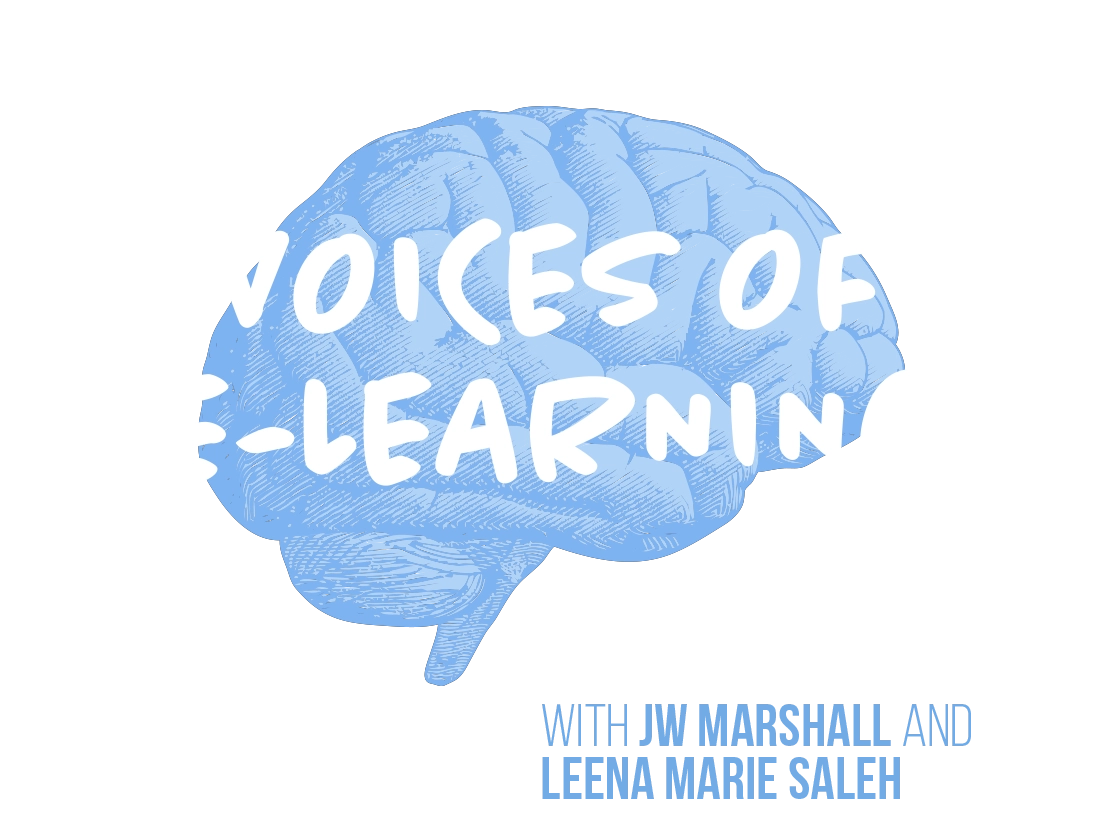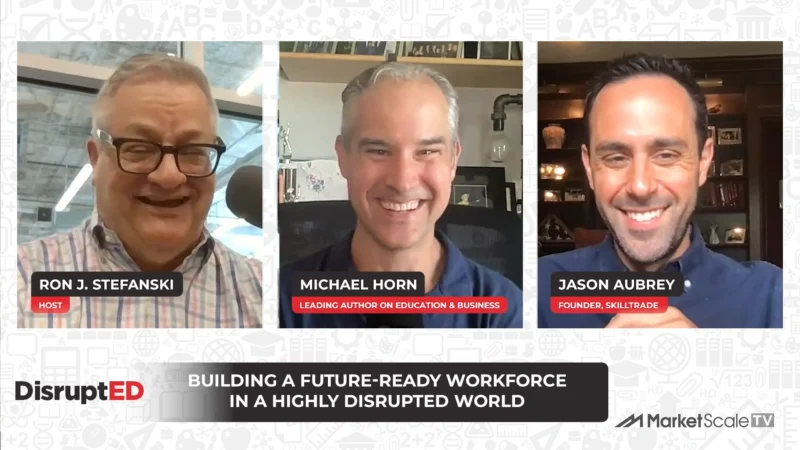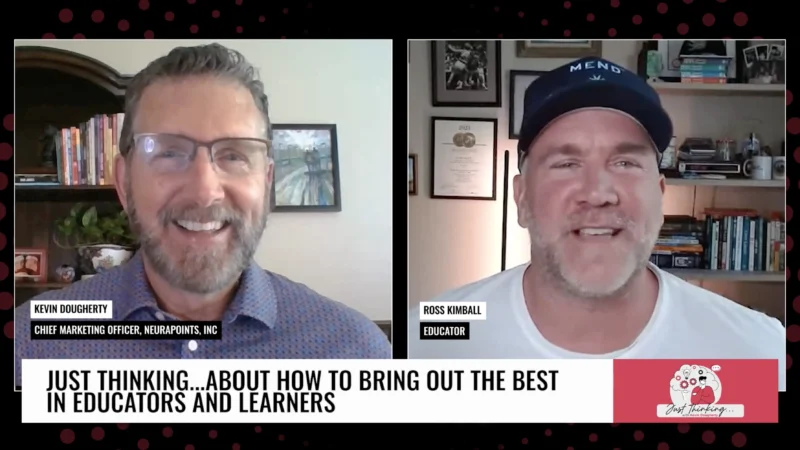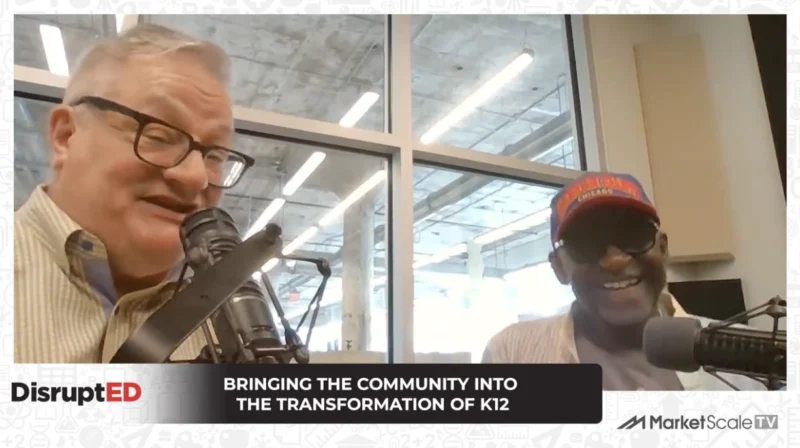The Pandemic Helped Education Realize K-12 Education Has Outgrown its Purpose, How Will It Be Reimagined?
When Amy Valentine started her education career, she wasn’t quite sure where she’d end up. After working in traditional, blending and online school communities she realized her passion for education started with her statement, “I am an education enthusiast, in a non-traditional way.” To discuss her charity’s work and the future of education, Valentine sits down with Voices of eLearning hosts JW Marshall and Leena M. Saleh.
Ed-technology and the smart use of technology in schools is only increasing. Valentine’s Future of School charity aims to help by, “Doing good work that helps people be their highest and best selves.” And while technology is no longer a supplement in education, but rather a core piece, Valentine hopes to highlight the discrepancies in the current education system.
According to Valentine, the pandemic is “forcing change” upon K-12 institutions that have had one format since traditional education began. The goal of Future of School is to reimagine what K-12 looks like.
Valentine made a point. When kids exclaim they “hate school” what do they mean and how do we respond?
While, “The K-12 education system became calcified in its own stagnancy,” the most important aspect in growth in education is “listening to hear where they’re at and responding to that,” said Valentine.
By providing parents, caregivers, teachers the resources to make learning easier, rather than a burden, students will be able to connect with the system. However, “80% of teachers indicated they wanted to use technology in the classroom but yet only 10% felt like they had the training…”
Valentine’s solution is in promoting purposeful online and blended learning which teaches “independent thinking” for the future when kids “have to be their own advocates.”
Every community needs to find their own fitting within education and learning, and Future of School helps create the life-long learners needed to understand the flexibility of the future.




